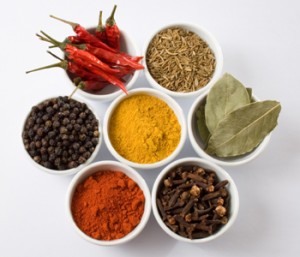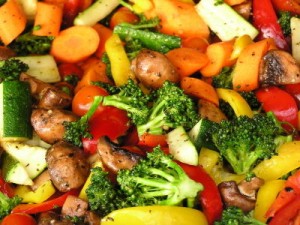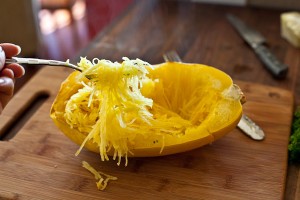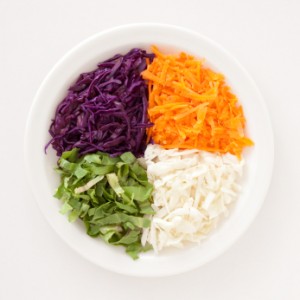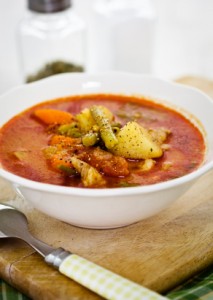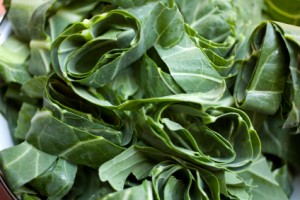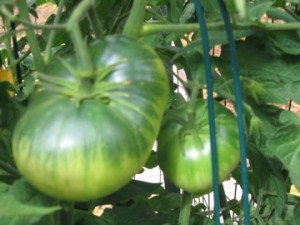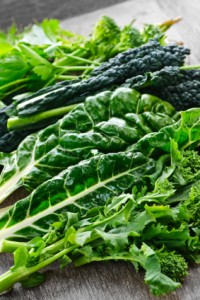 Greens are in season! I received a CSA share of swiss chard and have it growing in my community garden and home garden. It loves the heat and the recent rain. This vegetable can be included in breakfast green smoothies, eggs, side dish with tamari sauce and a stir fry. Summer vegetables make stir fry a common lunch in my house. It is easy to make and I have some tips below. They can take almost any vegetable in small cubes with any meat in the same size cubes and a dry curry spice to create a lunch plate. We have had stir fry almost every day this week. Here is what I used yesterday.
Greens are in season! I received a CSA share of swiss chard and have it growing in my community garden and home garden. It loves the heat and the recent rain. This vegetable can be included in breakfast green smoothies, eggs, side dish with tamari sauce and a stir fry. Summer vegetables make stir fry a common lunch in my house. It is easy to make and I have some tips below. They can take almost any vegetable in small cubes with any meat in the same size cubes and a dry curry spice to create a lunch plate. We have had stir fry almost every day this week. Here is what I used yesterday.
Swiss Chard and Chicken Stir Fry
From Amy Hetager
1 package Whole Grain Einkorn Pasta, cooked (I use Jovial Foods)
1 bunch of Swiss Chard, stems removed and each chopped
2 Chicken breasts, grilled and saved in the refrigerator as leftovers
5 Radishes or small Hakura Turnips
1 Summer Squash or Zucchini
1 Red Onion
5 Leeks, cleaned and chopped in half slices
2 cloves of Garlic, chopped
Fresh Ginger and Turmeric, grated (Buy at Whole Foods or COOP locally)
Five Spice Powder or a dried Curry
Tamari Sauce
TIPS
Chop all of the vegetables in advance to make the cooking process easier.
Use two cutting boards. One to cut and one to make small piles of ingredients to add to the skillet.
A large skillet with high sides is important to have. My skillet is about 12? and has a glass lid.
Turn on your stove to medium or medium high heat. Add olive oil and wait a few minutes. I like the taste of stir fried turnips and added them first with the red onion. I make my dried spice mixes in the winter and use them through in the summer. There are two links to previous blog entries with recipes. I used the five spice powder in this recipe and added it at this point. It is important to heat your dried spices. Add the stems of the swiss chard, leeks, garlic, ginger and turmeric. Watch the heat of the pan at this point as it might burn these spices and may need to be a little lower.
Add the squash and chicken and stir. Cook for a few minutes to tenderize the squash and heat the chicken. I used grilled chicken leftovers. If you have raw chicken, I would cook earlier in the process to complete before this step. Add the swiss chard tops with tamari and a little water over the top. This will help them steam and add flavor to the dish. I cover this with my pan cover. It will be a few minutes to steam the greens. Stir and make sure that all items are ready to eat.
Add to the pasta and stir. You can add a little sauce to the top.
Enjoy!
Amy Hetager, Local Organic Meals on a Budget Blogger
This is also printed on Beneficial Farms CSA Blog



